Differences between passenger car and heavy truck
Heavy trucks are not just a larger version of a passenger car. Understanding what can make semis so dangerous can help you avoid serious accidents on the road. Large trucks are involved in as much as one-tenth of highway deaths. There are a few major reasons for this.

Size
The fact that 18-wheelers are much larger and heavier than passenger vehicles contributes both to the frequency of crashes and to their severity. The size of the trucks can obstruct visibility, both for vehicles behind it and for the driver of the truck. When accidents do occur, the weight of the truck increases its momentum, making it harder for the driver to regain control. When it does hit another car, the damage is far greater than that from a passenger vehicle impact.
The size and length of the truck also make it harder to handle. As a result, trucks sometimes spin out of control on a turn or a lane change. Unlike a smaller vehicle, a swerving or skidding truck has little chance of regaining control.
Driver fatigue
Another contributing factor is the grueling workload of the truck drivers, many of who are on the road for hours. In spite of several regulations that require breaks and limit continuous driving hours, many drivers take on additional work because they face pressure from their bosses. Fatigue can lead to dozing off behind the wheel, increased dis traction levels and slowed reaction time. All of these can cause accidents.
Irregular maintenance
Not all companies comply with maintenance regulations. Failing to regularly inspect and repair crucial elements such as brakes, tires, lights and engines can result in unexpected failure on the road. At times, cargo is also not properly stored. This can cause spills that, in the best case, block the road and cause delays. In the worst case, loose cargo can hit other cars and even cause explosions.
Passenger car drivers are regularly advised to keep their distance from large trucks. The reason for this is that they take a long time to come to a full stop. In addition, they have large blind spots that prevent the drivers from seeing vehicles behind them.
Truck accidents are likelier to have serious consequences, including devastating injuries. In addition, many of these accidents result from a lack of compliance by truck companies with relevant laws and regulations. If you have been in a car crash with a truck involved, speak with an attorney who can help you explore your options and figure out the best course of action.
Size Differences
While safety is always a shared responsibility for all drivers, riders and pedestrians who share our streets and roads; driving, cycling or walking around large trucks and buses requires extra care.
Many road users don’t realize the significance of mass and size when it comes to traffic safety. A tailgating crash between two passenger vehicles may result in a fender bender. However, a similar crash between a passenger vehicle and a large truck or bus may have greater consequences.
Size differences greatly affect how truck and bus drivers operate – and all road users should be aware of their unique safety challenges to help keep everyone on our roads safe.
A Massive Size Difference
Trucks are often 20 to 30 times heavier than passenger vehicles.
The huge mass of a truck or bus increases the risk of more severe crash damage, injuries and fatalities.
Large size and weight increases driving challenges, including acceleration, braking and handling (maneuverability).
Trucks and buses accelerate more slowly uphill and may gain speed quickly downhill.
Height - and Heightened Safety Considerations
What are commercial vehicles?
While many vehicle used for business purposes can be considered a commercial vehicle, the FMCSA has a narrower definition. Depending on the kind of vehicle and work, a driver may be required to obtain a commercial driver’s license. Find out more about what’s considered a commercial vehicle and what the FMCSA’s regulations for these vehicles are.
What is considered a commercial vehicle?
A commercial vehicle is used for commercial or business purposes. Commercial motor vehicles (CMV) may transport goods or paying passengers. A commercial vehicle is often designated "commercial" when it is titled or registered to a company. This may include company cars, fleet vehicles, or other vehicles used for business purposes.
The Federal Motor Carrier Safety Administration (FMCSA), which oversees and regulates commercial vehicles, has a narrower definition. The agency defines a CMV as “any self-propelled or towed motor vehicle used on a highway in interstate commerce to transport passengers or property when the vehicle:
Has a gross vehicle weight rating or gross combination weight rating of 4,537 kg (10,001 lb) or more, whichever is greater.
Is designed or used to transport between 9 and 15 passengers (including the driver) for compensation.
Is designed or used to transport 16 or more passengers.
Is designed for or used in transporting hazardous materials per the Hazardous Materials Transportation Act.
Do you need a commercial driver’s license to drive a commercial vehicle?
Not everyone who drives a commercial vehicle needs a commercial driver’s license (CDL) . If you drive one of the following vehicles, you need to get a CDL:
Any combination of vehicles with a gross combination weight rating (GCWR) of 26,001 or more pounds, provided the gross vehicle weight rating (GVWR) of the vehicle being towed is in excess of 10,000 pounds.
Any single vehicle with a GVWR of 26,001 or more pounds, or any such vehicle towing another not in excess of 10,000 pounds.
Any vehicle designed to transport 16 or more persons, including the driver.
Any vehicle transporting hazardous materials.
Types of commercial vehicles
When designated for business use, many vehicles qualify as commercial vehicles. Here’s an overview of the most common types of commercial vehicles.
Commercial trucks
Semi-trucks. Semi-trucks are a combination of a tractor unit attached to a trailer or bed using a fifth-wheel connection. They are also called 18-wheelers, tractor-trailers, and big rigs. Semi-trucks include dry vans, reefers , double or triple trailers, and flatbeds. Semi-trucks are used to haul cargo between distribution and fulfillment hubs.
Box trucks. Box trucks or straight trucks look like semi-trucks, but their tractor is directly attached to the trailer without a fifth-wheel connector. Unlike vans, box trucks have their cargo area separate from the vehicle’s cab. Businesses often use them for moving, local deliveries, and hauling large items like furniture and appliances.
Pickup trucks. Most ordinary pickup trucks aren't automatically considered commercial vehicles. However, sometimes they're used for commercial purposes, even requiring a commercial driver's license (CDL) depending on the business. Pickup trucks can transport goods with a trailer and transport tools and equipment for a business.
Commercial van
Step vans. Also called multi-stop or walk-in delivery, these kinds of trucks are known as "bread trucks" or "bakery trucks" colloquially. These vehicles are taller than full-sized vans, making it easier to access goods and stand up in. Parcel companies (including the United States Postal Service), police and fire departments, and food trucks use delivery trucks.
Cargo vans. Cargo vans — also called sprinters — are one-piece vehicles with their cargo area connected to the driver cab. Some larger cargo vans have roll-up rear doors, similar to box trucks. Cargo vans are typically used for plumbing, electrical, cable repair services, and courier and delivery services.
Passenger vans. Full-sized commercial passenger vans can seat anywhere from nine to 15 passengers. They’re used to transport groups of people as part of a service (transporting guests to a parking lot) or as the service itself (travel or tour operations).
Buses
Buses. Transit buses are designed to transport large amounts of both paying and non-paying passengers. They are typically part of a city’s transportation network or used for school bus systems. Due to a bus's size and passenger-carrying capacity, they are almost always considered commercial vehicles, requiring special licensing.
Motor coaches. A motor coach is a more luxurious bus designed to travel long distances. Modern motor coaches are high-floor buses, with luggage storage below the passenger compartment. These passenger vehicles are designed for comfort, with more amenities than regular buses, such as air conditioning, onboard restroom, and reclining seats. Coaches are used for touring and hired as private charters.
Minibus. Also known as shuttle buses, these vehicles have lower passenger capacities than regular buses but more than passenger vans. Due to their smaller, more flexible nature, minibuses are used for both fixed-route transit and on-demand transportation.
Small chartered groups, airport and rental car services, and campus shuttles for corporations and universities use minibuses.
Miscellaneous
Heavy equipment. Some types of construction, farming, mining equipment and similar heavy vehicles are considered commercial vehicles.
Specialty vehicles. These vehicles have specific functions or designs. For example, government agencies and communities rely on refuse collection, street sweepers, fire trucks, and septic trucks. Tow trucks, passenger trolleys, and RV-style mobile services (bookmobiles, health services) can all be considered commercial vehicles.
Commercial cars. Rental cars, taxis, and delivery vehicles are all considered commercial vehicles. While ride-hailing vehicles (Uber, Lyft) are still considered personal use vehicles, many believe they should be considered commercial vehicles with commercial plates.
FMCSA regulations for commercial vehicles
While all of the above may be considered commercial motor vehicles, not all are subject to federal motor carrier safety regulations. For example, based on the FMCSA’s definition of a CMV, taxicabs are not subject to federal regulations. Similarly, if a vehicle and operator only engage in intrastate commerce, they most likely will be subject to state and local mandates instead of federal laws. (However, many state requirements are identical to FMCSA regulations.)
If a vehicle meets the FMCSA CMV requirements, business owners need to comply with Department of Transportation (DOT) safety regulations regarding:
Alcohol and controlled substance testing for all persons required to have a commercial driver’s license (CDL)
Driver qualifications including medical exams
Driving and operations commercial motor vehicles
Parts and accessories necessary for safe operations
Hours of service rules
All inspection, repair, and maintenance of vehicles
Besides these regulations, business owners should be aware of the FMCSA's requirements for vehicle insurance, commercial driver's license holders, driving records, and accessibility.


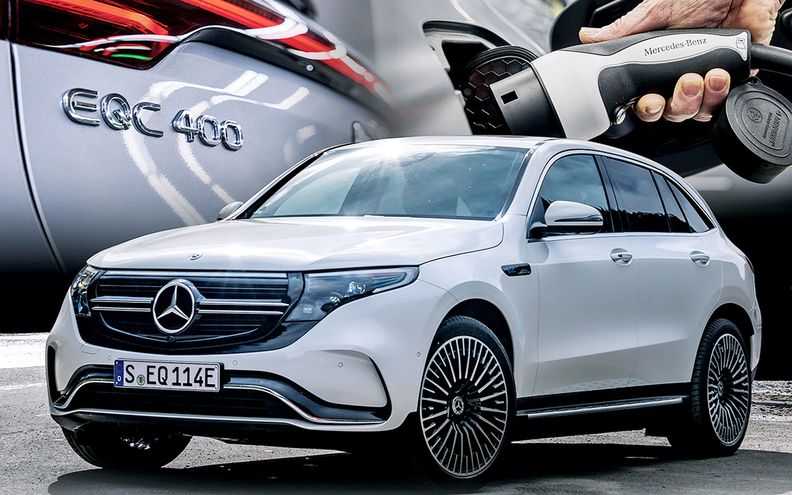
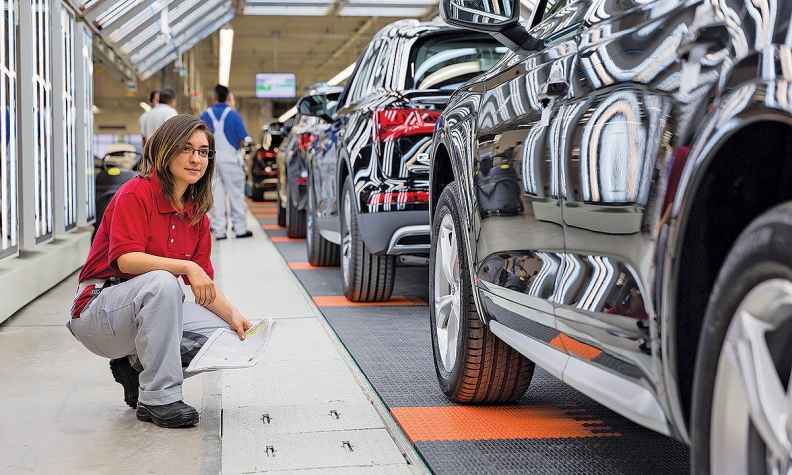

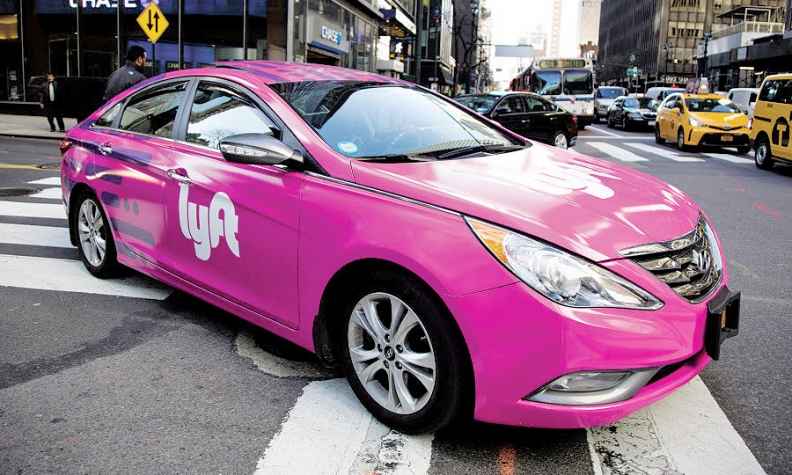
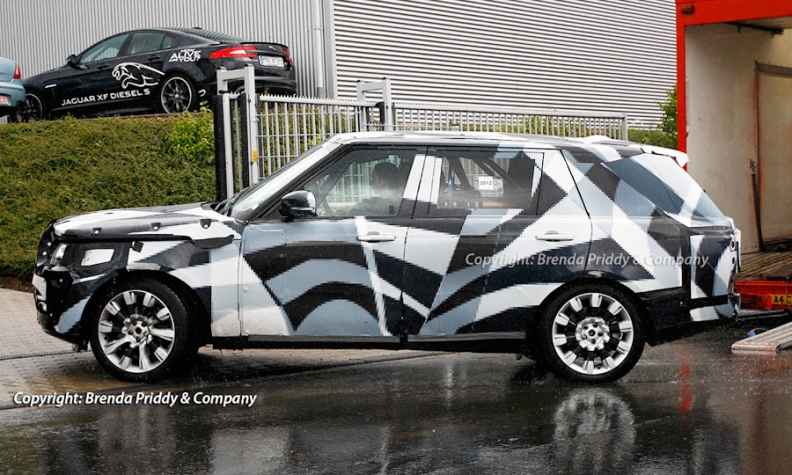
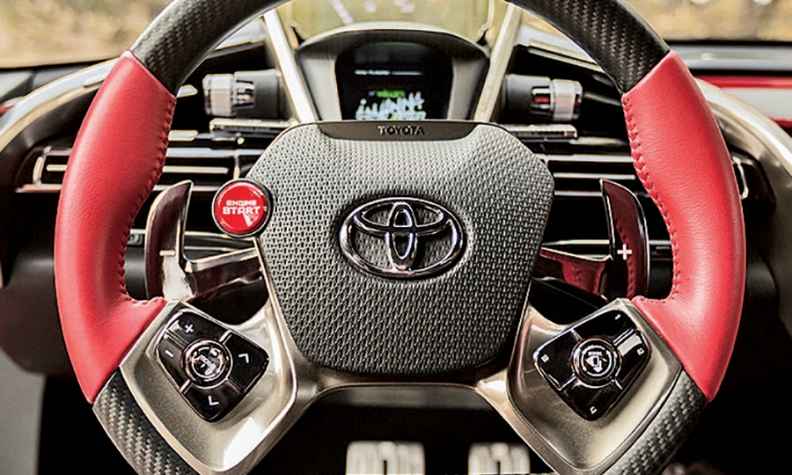
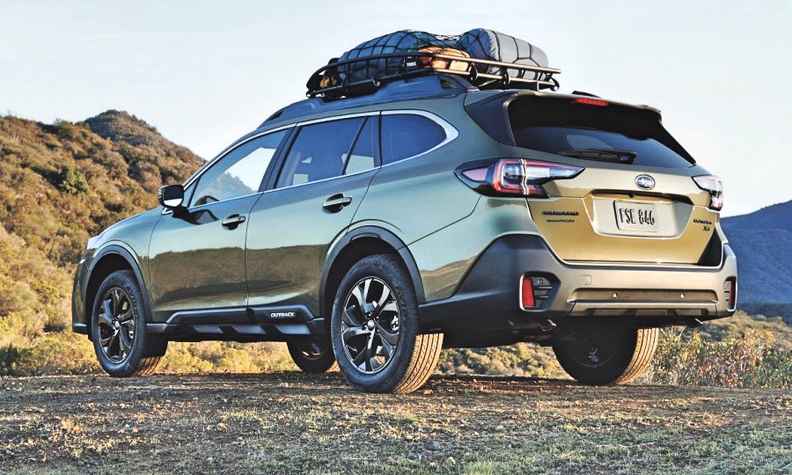
Post your comment